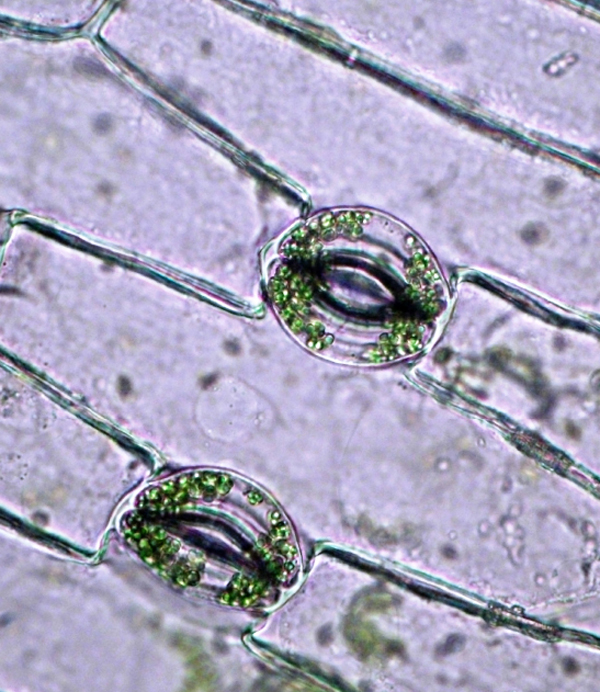1947
Photosynthesis
Melvin Calvin (1911–1997), Samuel Goodnow Wildman (1912–2004), Andrew Alm Benson (1917–2015), James Alan Bassham (1922–2012)
Photosynthesis is the quiet, unnoticed chemistry that is keeping everyone and everything on Earth alive. Our planet’s atmosphere didn’t even have much oxygen until photosynthetic microbes began cranking it out as a waste product (gradually killing off the planet’s original microbial inhabitants or driving them into hiding). Photosynthesis not only produces the oxygen we breathe, but it also helps regulate the amount of carbon dioxide in the air. And as if making our atmosphere breathable were not enough, photosynthesis underpins the global food chain for almost every living organism, including humankind.
The strange thing is, the whole process depends on what appears to be one of the clunkiest enzymes ever seen. In 1947, Samuel Goodnow Wildman reported his discovery of a large, extremely abundant enzyme in spinach leaves that turned out to be a key player. Referred to by the laboratory nickname Rubisco, which is short for ribulose biscarboxylase oxygenase (and no wonder), it is an essential part of the Calvin cycle—the plant world’s equivalent of the Krebs cycle of cellular respiration—discovered by American biochemist Melvin Calvin, working with compatriots James Alan Bassham, a chemist, and Andrew Alm Benson, a biologist. (Instead of mitochondria, plant cells have other ancient interlopers called chloroplasts to perform this work.)
Rubisco, probably the most abundant protein on Earth, can account for up to half the protein weight of a plant. The reason there’s so much of it is that it’s an incredibly slow enzyme. Instead of zipping through thousands of molecular changes per second, it processes three. It may be that this bizarrely low rate is a trade-off against its ability to tell carbon dioxide from oxygen; this is still an open question. After several billion years of evolutionary pressure, odds are that there must be good reasons for such an important enzyme to be so strange, but many research groups are putting that to the test by seeing what happens if they try to improve it for use in artificial photosynthesis.
SEE ALSO Carbon Dioxide (1754), Oxygen (1774), Cellular Respiration (1937), Isotopic Distribution (2006), Engineered Enzymes (2010), Artificial Photosynthesis (2030)

The green chloroplasts—where the Rubisco enzyme does its slow, strange work—are clearly visible inside these plant cells.